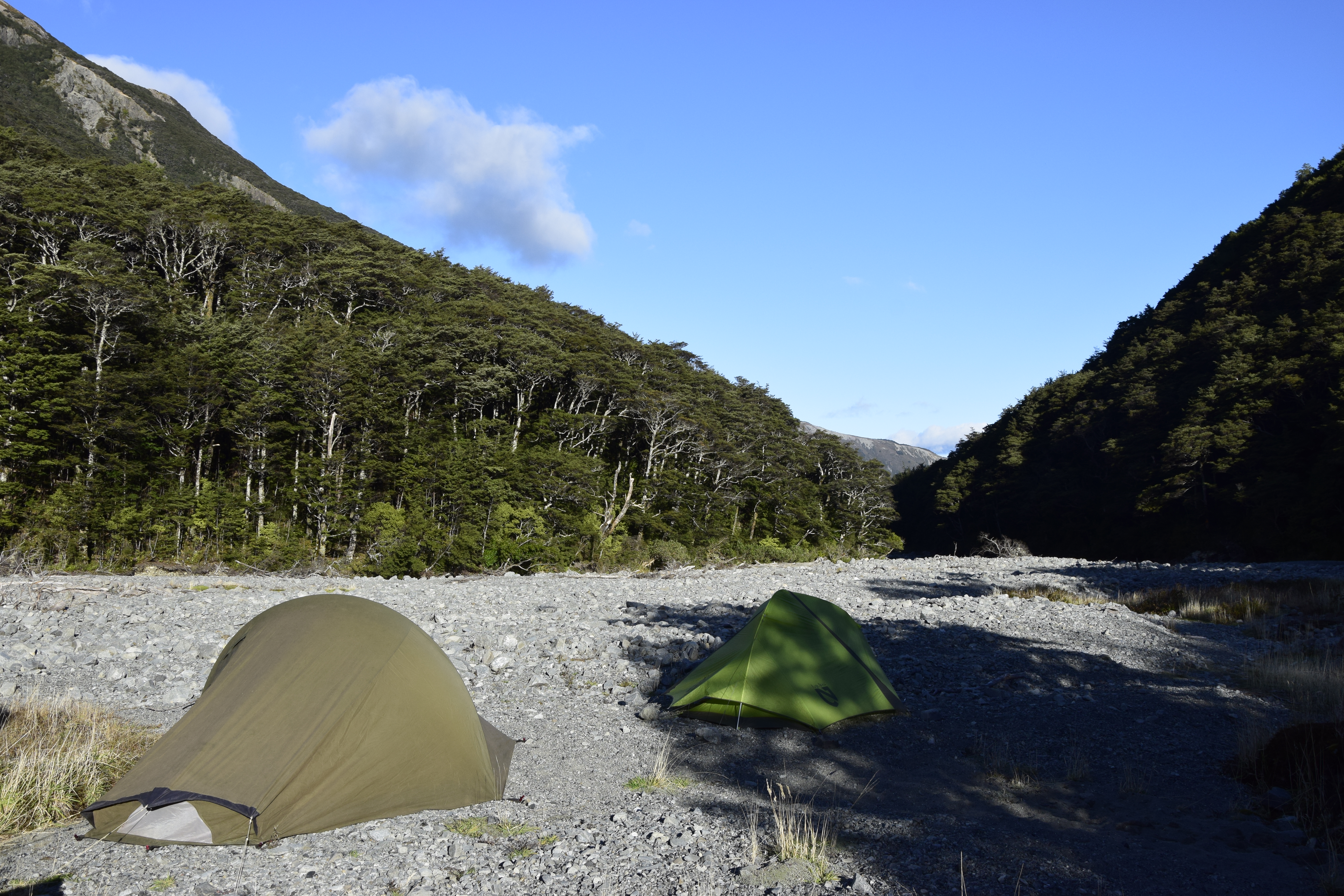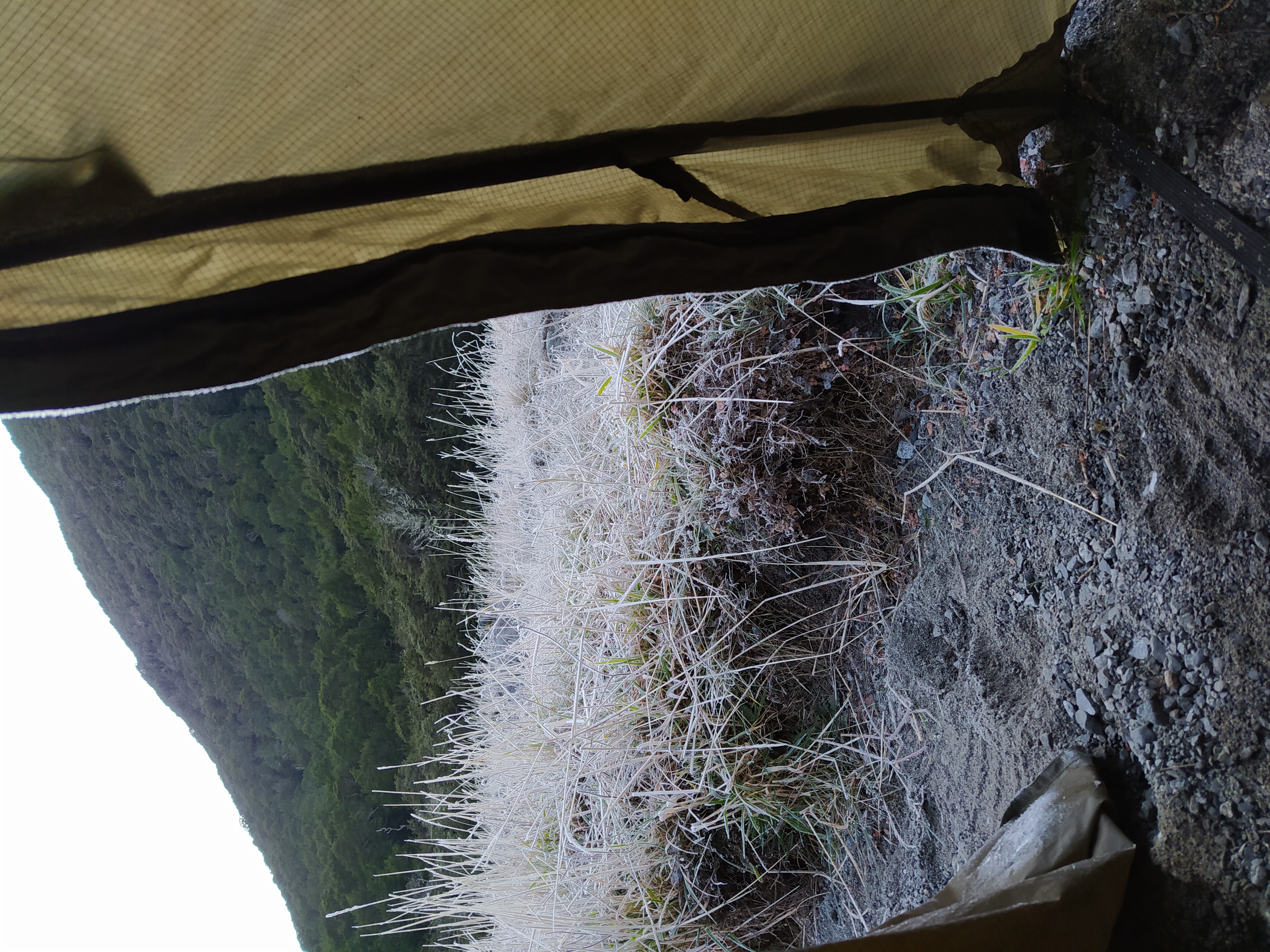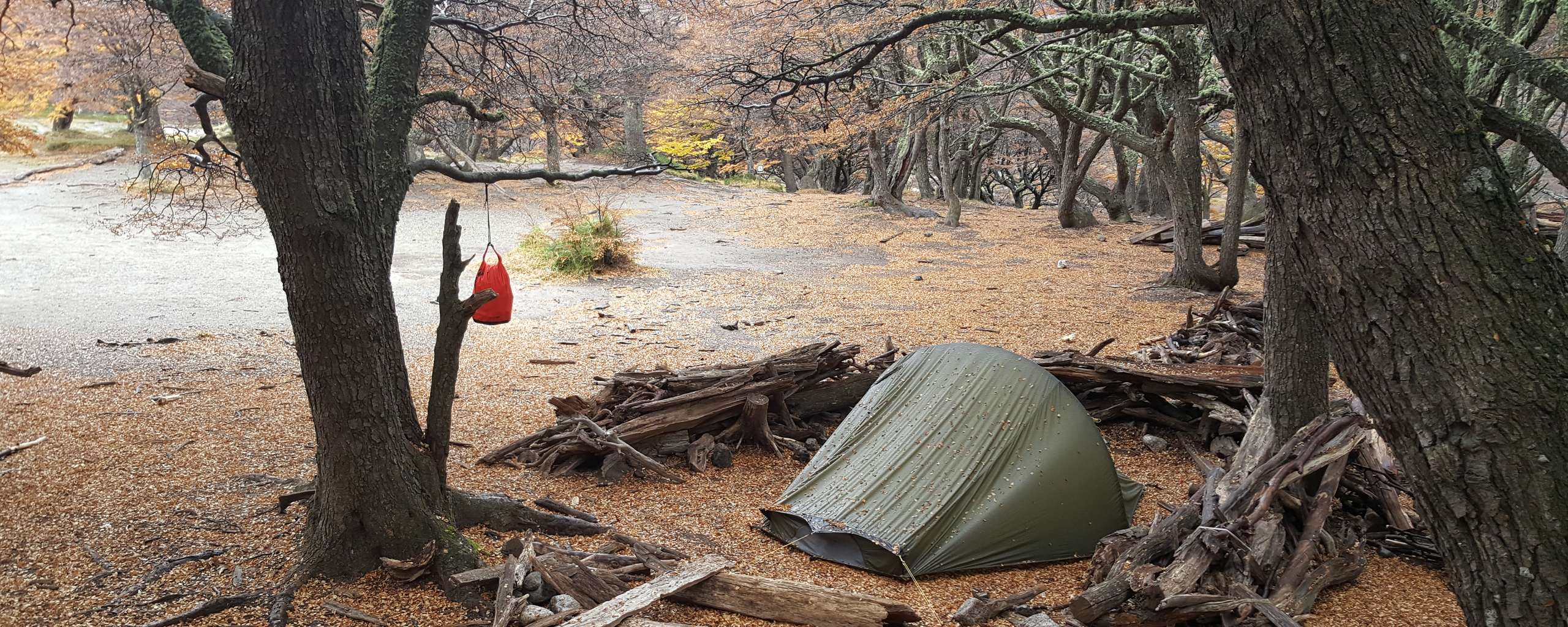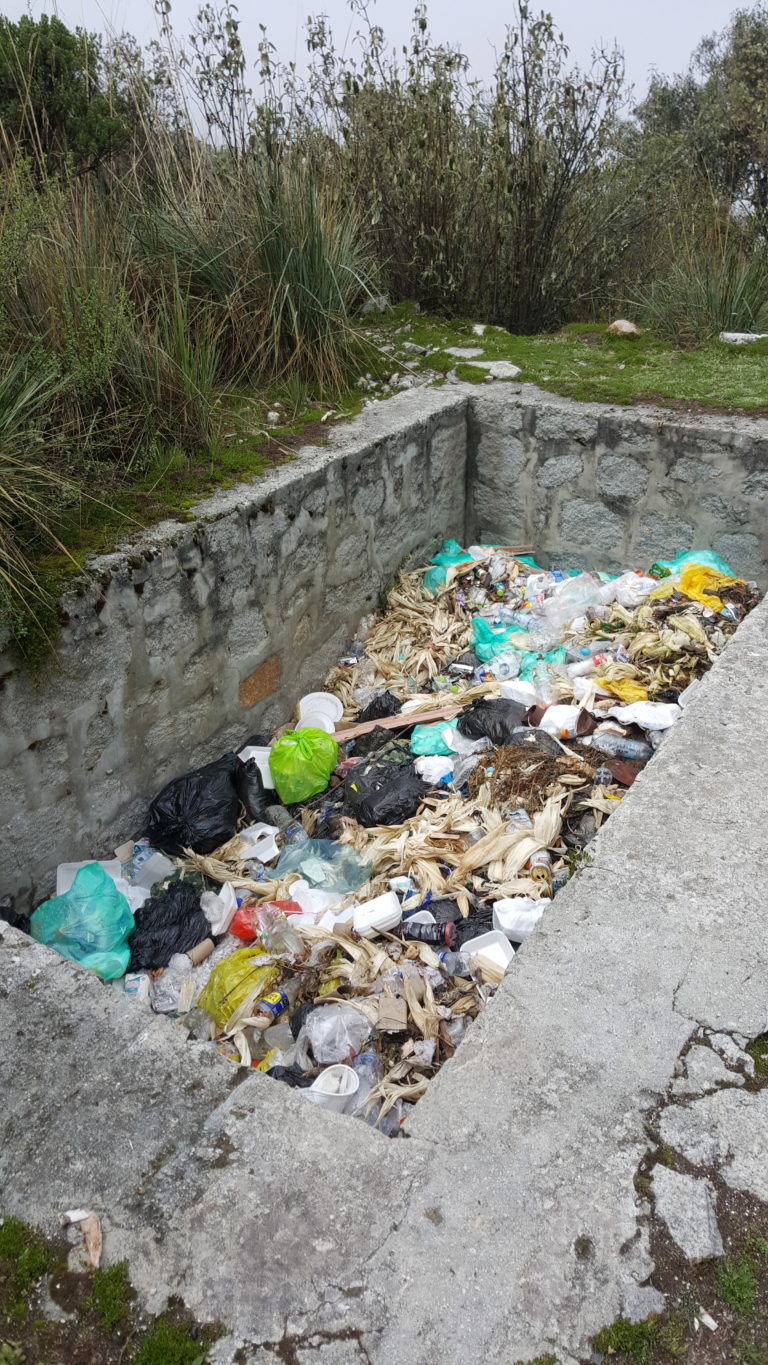Camping and spending time outdoors can be a step into a simpler life – away from some of the distractions everyday life throws at us. TV, Instagram, constant advertisement, city noise and many more. Simply away from this constant overdose of information with more focus on basic things.
To make this little escape as enjoyable as possible, especially if you may be new to the outdoor world, I’ve collected some tips for you. Some of them have helped me from the very beginning, some of them I had to learn the hard way. Meaning I’ve made some stupid mistakes and did better next time – or at least tried to.

Packing
I'm a bit, let's just say, special when it comes to packing. Every time I do a multi-day hike, I take a heavy backpack with me. Even if it is just for a couple days and even if I could pack much less. Not because I don’t know better but for a reason. I call this heavy backpack training. That way I will stay fit for hikes that last much longer. I also am much fitter for day hikes of higher difficulty. Still, I do not recommend this to everyone because if done wrong or with a low level of fitness you do more harm to your body than good.
That is why I generally recommend the following when packing for overnight tramps:
- Pack as lightly as possible
- Pack according to where you are going
- Pack according to weather conditions
- Pack according to the group you're out and about with
You may find it hard to pack lightly at the beginning. But trust me, you will get better. Always be mindful about what you pack. Ask yourself about each item: Will I actually need this? To be able to answer this question you first have to be aware of where you are going. You probably don’t need to pack a rain poncho when you’re camping in a desert. But leaving that poncho at home when going on an overnight tramp through a rain forest, especially during rainy season, will require superb water proof clothing or the trip might end up in a disaster. Even with higher temperatures around you will cool down, if you remain wet consistently for a long period of time.
So, always make sure you know where you are going and pack clothing according to it. Same with gear. There is a lot of fancy camping super survival stuff out there. Not all of what's available may make sense for you and your occasion. Will you really need the multi tool with 20+ functions for the weekend camping trip or is a little pocket knife enough? A multi tool may come in handy though when you go on multi-day hikes in very remote places (and you actually know how to use it).
As with clothes and gear, what kind of food you need and how much also depends on you and the group you are out camping/hiking with. I, for example, eat a lot. But I’ve met people who brought half of the amounts for the same hikes with them. Unless I go very alpine and up lots of vertical metres I personally do not mind carrying the extra weight. Something to keep in mind: Until you eat it, you will be carrying the food (and its packaging) with you. So, if you bring vast amounts and end up not eating these, you will have to carry them until the end.
One last thing: Put everything important that shouldn't get wet into water proof bags. This is where leftover plastic bags come in handy. This is not only helpful during rain but also to protect your things from any fluid that may spread inside your backpack without you noticing right away. Your water bladder may break and spill liters of water on all your clothes. Food could be squashed or its packaging break. Better safe than sorry.
A little inbetweener tip: If possible, pack some incense, preferably some that are of natural ingredients and don’t have to be lit. It keeps away not only mosquitoes but also mice. But: Never light anything when making fires is forbidden, there are fire warnings or it is dry and windy.
I will give you a detailed insight of what exactly is on my packing list on the gear and food packing pages.
The Campsite
Before you leave the house for your hiking trip, before you even start packing, it doesn’t matter for how long, make sure there will be enough water resources along the way. If you are out on a day hike and there are absolutely no water resources, pack all you need for the day. Ideally around 2 – 3 liters, depending on the difficulty of the track and the weather/climate your tracking in.
For multi-day hikes, either pack all the water you need or check with national park services or other sources if there are natural water resources (waterfall, river, etc.). You will need water not only for drinking but also cooking. When you use a natural water source, always make sure that it is clean. If you use a river to get your water, check the surroundings. If you find garbage or left overs of humans or animals walk upstream. If you are not sure if the water is clean enough, boil it for a few minutes, use a water filter or water purifier drops/tablets (see my gear list). Again, it is better to be safe than sorry. You do not want to be stuck in remote places with stomach problems or diarrhea. Also, keep in mind, when you do tracking at high altitudes you will need more water than usual.
I also recommend investing in and packing good tent pegs – depending on what kind of tent you have. Cheap ones could fail you once the ground gets a bit tougher than nice and soft green surfaces.
 First look outside from the tent in the morning
First look outside from the tent in the morning
OK, now that you are out and about, you’ve hiked all day and arrived in the area you want to set camp in. There are a few things to think of when picking the perfect spot for your little overnight home:
- Pick a wind and rain protected spot. You can use trees for protection but make sure branches that could potentially fall off don’t become a danger. Also, avoid camping under a tree when there is a lightening storm going on.
- If necessary, look for a sun protected spot. A bit of sun is good to keep the tent dry and the inside warm. But you also don’t want to sleep in a sauna. UV also reduces the lifespan of your tent's fabrics.
- When in the mountains, watch out for rock fall or avalanche risks!
- Don’t camp in pits. Just because it is dry when you arrive doesn’t mean it won’t rain during the night. You don’t want to be waking up in a lake just because all the water was collected in the supposedly perfect camp spot.
- Check the entire spot before pitching your tent. One side of the underground may seem good for pegs while the other side turns into a hard surface.
- Always store food away from your tent and in a waterproof bag, i.e. hanging in a tree high above the ground. This keeps wild animals away. including small ones like mice and birds. They can do quite some harm to your food, tent, etc. when they catch the smell.
- Always set up your tent correctly. Don’t get lazy because the weather looks good and calm in one moment. Especially in the mountains, weather can change quickly.
Some goodies for the night
There are also a few things I recommend to have handy in your tent during the night:
- A headlight. Away from cities it gets really dark at night. If you have to pee during the night, this will save you some inconveniences.
- Water bottle. I don’t have to explain that one, do I?
- Warm clothes for when temperatures drop during the night.
- Do not eat too heavy before going to bed. If you lay down with a full stomach you could end up having trouble to sleep or get a good night’s rest.
Now, let’s get to the last but, by far, not less important section:


 Picture of the hidden garbage spot mentioned above
Picture of the hidden garbage spot mentioned above